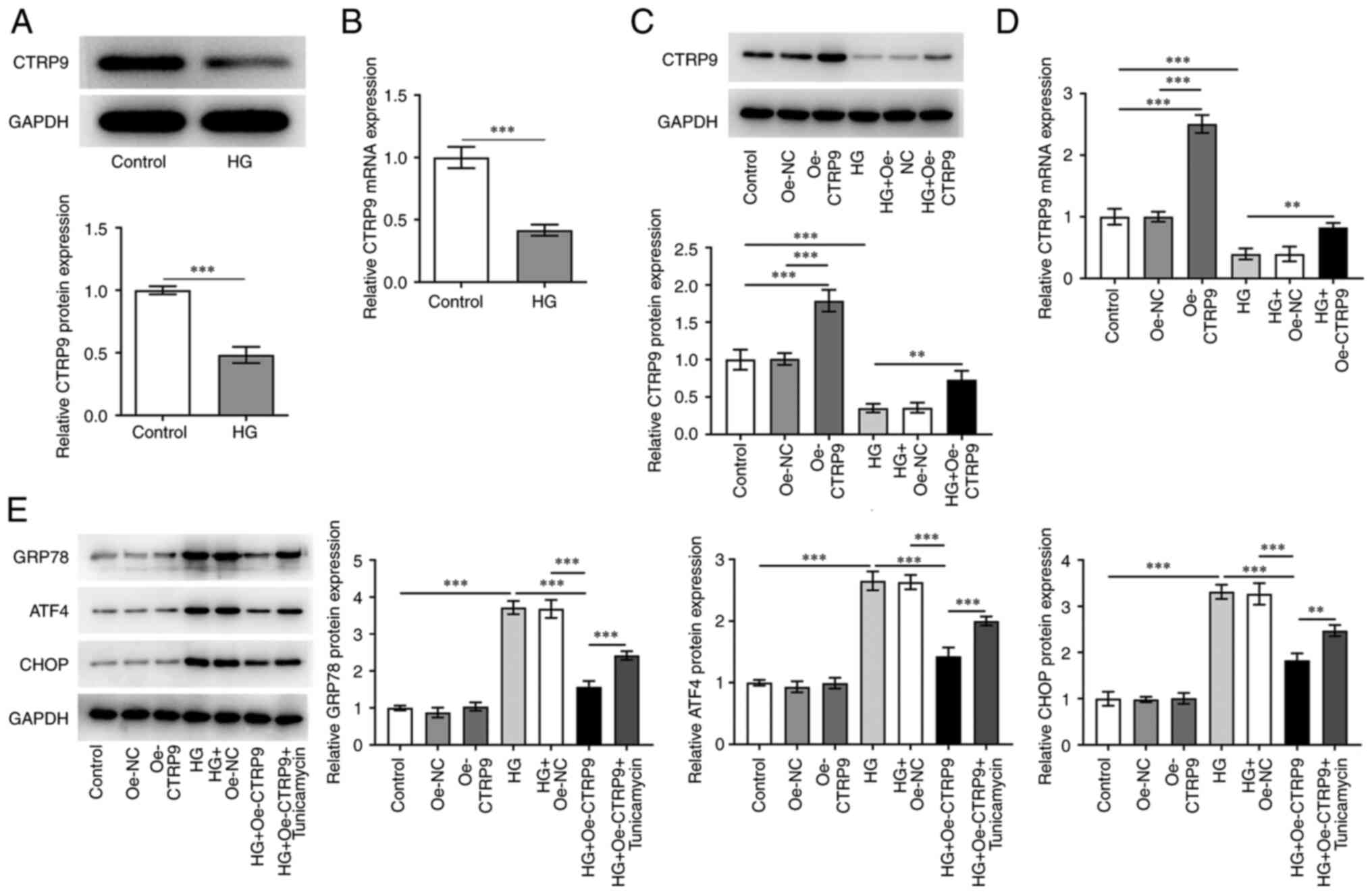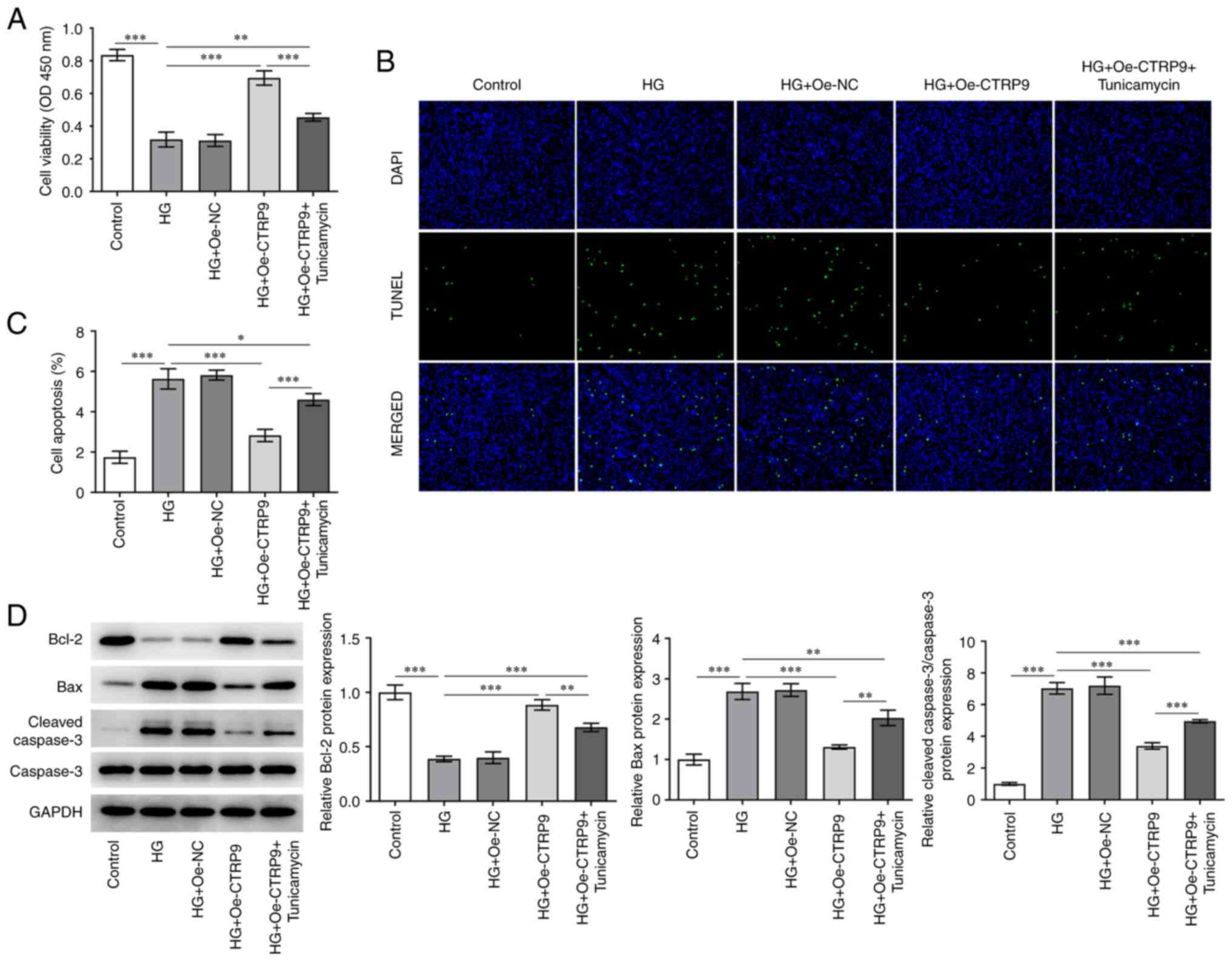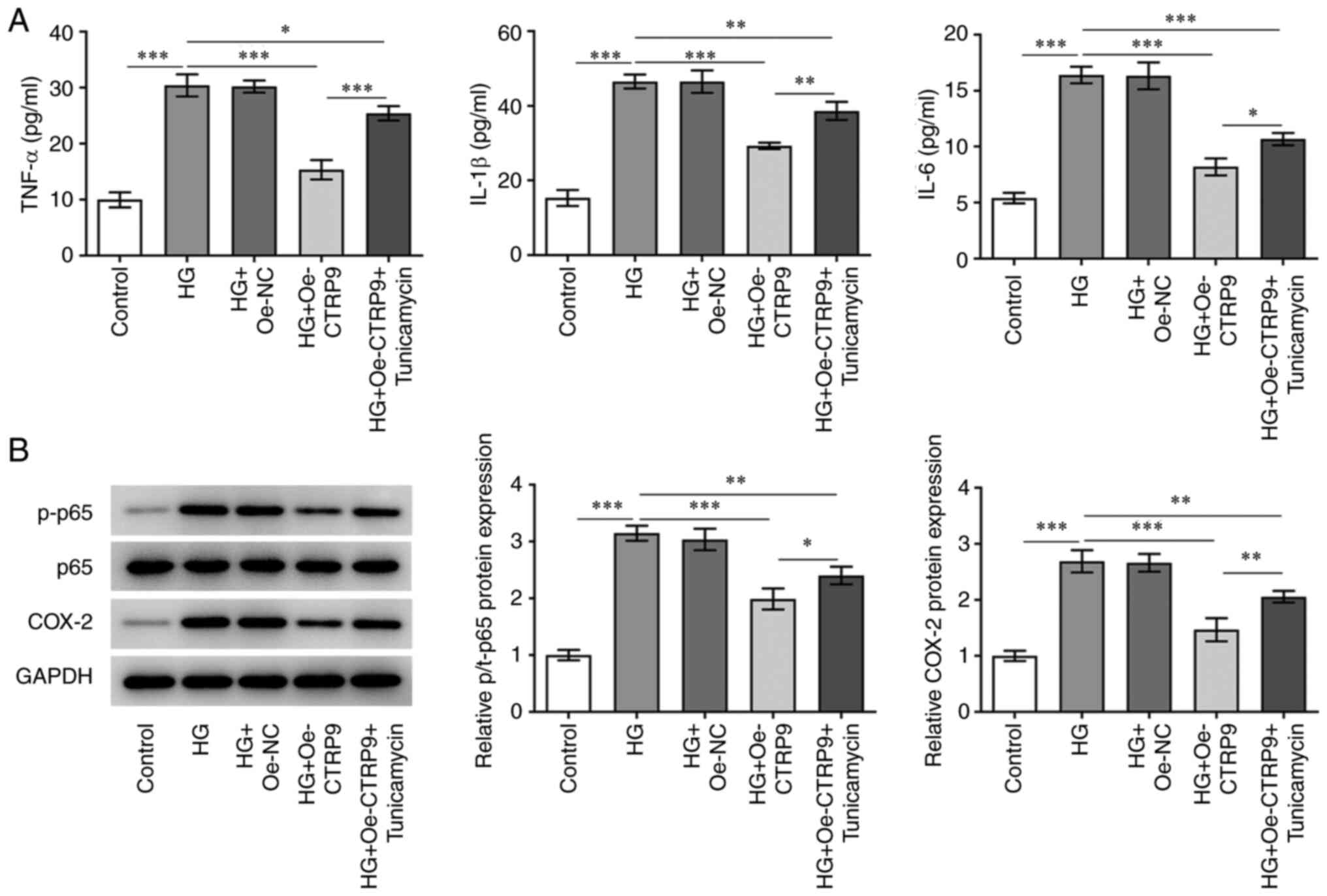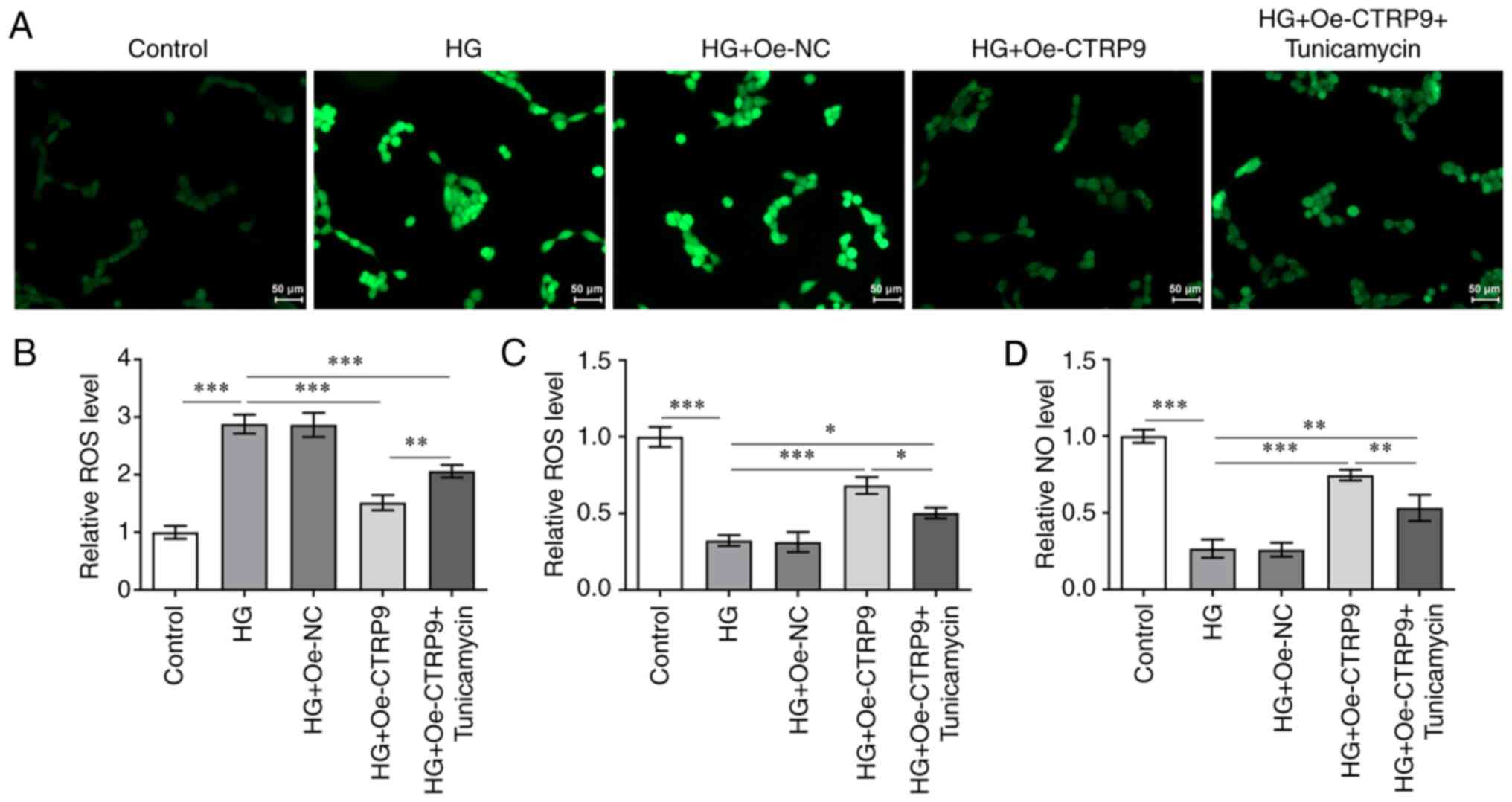|
1
|
Coustan DR: Gestational diabetes mellitus.
Clin Chem. 59:1310–1321. 2013. View Article : Google Scholar : PubMed/NCBI
|
|
2
|
Laredo-Aguilera JA, Gallardo-Bravo M,
Rabanales-Sotos JA, Cobo-Cuenca AI and Carmona-Torres JM: Physical
activity programs during pregnancy are effective for the control of
gestational diabetes mellitus. Int J Environ Res Public Health.
17:61512020. View Article : Google Scholar : PubMed/NCBI
|
|
3
|
O'Sullivan JB, Gellis SS, Dandrow RV and
Tenney BO: The potential diabetic and her treatment in pregnancy.
Obstet Gynecol. 27:683–689. 1966.PubMed/NCBI
|
|
4
|
Hill MG and Cohen WR: Shoulder dystocia:
Prediction and management. Womens Health (Lond). 12:251–261. 2016.
View Article : Google Scholar : PubMed/NCBI
|
|
5
|
Crowther CA, Hiller JE, Moss JR, McPhee
AJ, Jeffries WS and Robinson JS; Australian Carbohydrate
Intolerance Study in Pregnant Women (ACHOIS) Trial Group, : Effect
of treatment of gestational diabetes mellitus on pregnancy
outcomes. N Engl J Med. 352:2477–2486. 2005. View Article : Google Scholar : PubMed/NCBI
|
|
6
|
Landon MB, Spong CY, Thom E, Carpenter MW,
Ramin SM, Casey B, Wapner RJ, Varner MW, Rouse DJ, Thorp JM Jr, et
al: A multicenter, randomized trial of treatment for mild
gestational diabetes. N Engl J Med. 361:1339–1348. 2009. View Article : Google Scholar : PubMed/NCBI
|
|
7
|
Lengyel Z, Boér K, Halászlaki C and Németh
Z: Diabetes in patients with malignant tumors. Magy Onkol.
57:177–181. 2013.(In Hu). PubMed/NCBI
|
|
8
|
Rezabakhsh A, Sadeghpour Y, Ghaderi S,
Rahbarghazi R and Geranmayeh MH: CTRP9: An emerging potential
anti-aging molecule in brain. Cell Signal. 73:1096942020.
View Article : Google Scholar : PubMed/NCBI
|
|
9
|
Wu D, Lei H, Wang JY, Zhang CL, Feng H, Fu
FY, Li L and Wu LL: CTRP3 attenuates post-infarct cardiac fibrosis
by targeting Smad3 activation and inhibiting myofibroblast
differentiation. J Mol Med (Berl). 93:1311–1325. 2015. View Article : Google Scholar : PubMed/NCBI
|
|
10
|
Bossi F, Tripodo C, Rizzi L, Bulla R,
Agostinis C, Guarnotta C, Munaut C, Baldassarre G, Papa G, Zorzet
S, et al: C1q as a unique player in angiogenesis with therapeutic
implication in wound healing. Proc Natl Acad Sci USA.
111:4209–4214. 2014. View Article : Google Scholar : PubMed/NCBI
|
|
11
|
Yin C, Ackermann S, Ma Z, Mohanta SK,
Zhang C, Li Y, Nietzsche S, Westermann M, Peng L, Hu D, et al: ApoE
attenuates unresolvable inflammation by complex formation with
activated C1q. Nat Med. 25:496–506. 2019. View Article : Google Scholar : PubMed/NCBI
|
|
12
|
Balachandiran M, Bobby Z, Dorairajan G,
Gladwin V, Vinayagam V and Packirisamy RM: Decreased maternal serum
adiponectin and increased insulin-like growth factor-1 levels along
with increased placental glucose transporter-1 expression in
gestational diabetes mellitus: Possible role in fetal overgrowth.
Placenta. 104:71–80. 2021. View Article : Google Scholar : PubMed/NCBI
|
|
13
|
Sweeting AN, Wong J, Appelblom H, Ross GP,
Kouru H, Williams PF, Sairanen M and Hyett JA: A Novel early
pregnancy risk prediction model for gestational diabetes mellitus.
Fetal Diagn Ther. 45:76–84. 2019. View Article : Google Scholar : PubMed/NCBI
|
|
14
|
Xia L, Zhang H, Shi Q, Zhang X, Wang C and
Lin G: Protective role of CTRP3 and CTRP9 in the development of
gestational diabetes mellitus. Clin Lab:. 66:2002472020. View Article : Google Scholar
|
|
15
|
Zhao D, Feng P, Sun Y, Qin Z, Zhang Z, Tan
Y, Gao E, Lau WB, Ma X, Yang J, et al: Cardiac-derived CTRP9
protects against myocardial ischemia/reperfusion injury via
calreticulin-dependent inhibition of apoptosis. Cell Death Dis.
9:7232018. View Article : Google Scholar : PubMed/NCBI
|
|
16
|
Shen X, Zhang K and Kaufman RJ: The
unfolded protein response-a stress signaling pathway of the
endoplasmic reticulum. J Chem Neuroanat. 28:79–92. 2004. View Article : Google Scholar : PubMed/NCBI
|
|
17
|
Tabas I and Ron D: Integrating the
mechanisms of apoptosis induced by endoplasmic reticulum stress.
Nat Cell Biol. 13:184–190. 2011. View Article : Google Scholar : PubMed/NCBI
|
|
18
|
Ozcan U, Cao Q, Yilmaz E, Lee AH, Iwakoshi
NN, Ozdelen E, Tuncman G, Görgün C, Glimcher LH and Hotamisligil
GS: Endoplasmic reticulum stress links obesity, insulin action, and
type 2 diabetes. Science. 306:457–461. 2004. View Article : Google Scholar : PubMed/NCBI
|
|
19
|
Liong S and Lappas M: Endoplasmic
reticulum stress is increased in adipose tissue of women with
gestational diabetes. PLoS One. 10:e01226332015. View Article : Google Scholar : PubMed/NCBI
|
|
20
|
Livak KJ and Schmittgen TD: Analysis of
relative gene expression data using real-time quantitative PCR and
the 2(−Delta Delta C(T)) method. Methods. 25:402–408. 2001.
View Article : Google Scholar : PubMed/NCBI
|
|
21
|
Alfadhli EM: Gestational diabetes
mellitus. Saudi Med J. 36:399–406. 2015. View Article : Google Scholar : PubMed/NCBI
|
|
22
|
Na N and Ji M: Role of first-trimester
serum C1q/TNF-related protein 9 in gestational diabetes mellitus.
Clin Lab:. 66:2004342020. View Article : Google Scholar
|
|
23
|
Miyatake N, Adachi H, Nomura-Nakayama K,
Okada K, Okino K, Hayashi N, Fujimoto K, Furuichi K and Yokoyama H:
Circulating CTRP9 correlates with the prevention of aortic
calcification in renal allograft recipients. PLoS One.
15:e02265262020. View Article : Google Scholar : PubMed/NCBI
|
|
24
|
Appari M, Breitbart A, Brandes F,
Szaroszyk M, Froese N, Korf-Klingebiel M, Mohammadi MM, Grund A,
Scharf GM, Wang H, et al: C1q-TNF-related protein-9 promotes
cardiac hypertrophy and failure. Circ Res. 120:66–77. 2017.
View Article : Google Scholar : PubMed/NCBI
|
|
25
|
Gao C, Zhao S, Lian K, Mi B, Si R, Tan Z,
Fu F, Wang S, Wang R, Ma X and Tao L: C1q/TNF-related protein 3
(CTRP3) and 9 (CTRP9) concentrations are decreased in patients with
heart failure and are associated with increased morbidity and
mortality. BMC Cardiovasc Disord. 19:1392019. View Article : Google Scholar : PubMed/NCBI
|
|
26
|
Bai S, Cheng L, Yang Y, Fan C, Zhao D, Qin
Z, Feng X, Zhao L, Ma J, Wang X, et al: C1q/TNF-related protein 9
protects diabetic rat heart against ischemia reperfusion injury:
Role of endoplasmic reticulum stress. Oxid Med Cell Longev.
2016:19020252016. View Article : Google Scholar : PubMed/NCBI
|
|
27
|
Jung TW, Park HS, Choi GH, Kim D and Lee
T: CTRP9 regulates growth, differentiation, and apoptosis in human
keratinocytes through TGFβ1-p38-dependent pathway. Mol Cells.
40:906–915. 2017.PubMed/NCBI
|
|
28
|
Li YX, Run L, Shi T and Zhang YJ: CTRP9
regulates hypoxia-mediated human pulmonary artery smooth muscle
cell proliferation, apoptosis and migration via TGF-beta1/ERK1/2
signaling pathway. Biochem Biophys Res Commun. 490:1319–1325. 2017.
View Article : Google Scholar : PubMed/NCBI
|
|
29
|
Zuo A, Zhao X, Li T, Li J, Lei S, Chen J,
Xu D, Song C, Liu T, Li C and Guo Y: CTRP9 knockout exaggerates
lipotoxicity in cardiac myocytes and high-fat diet-induced cardiac
hypertrophy through inhibiting the LKB1/AMPK pathway. J Cell Mol
Med. 24:2635–2647. 2020. View Article : Google Scholar : PubMed/NCBI
|
|
30
|
Cheng Y, Qi Y, Liu S, Di R, Shi Q, Li J
and Pei C: C1q/TNF-related Protein 9 inhibits high glucose-induced
oxidative stress and apoptosis in retinal pigment epithelial cells
through the activation of AMPK/Nrf2 signaling pathway. Cell
Transplant. 29:9636897209620522020. View Article : Google Scholar : PubMed/NCBI
|
|
31
|
Zhang L and Zhang S: Modulating Bcl-2
family proteins and caspase-3 in induction of apoptosis by
paeoniflorin in human cervical cancer cells. Phytother Res.
25:1551–1557. 2011. View
Article : Google Scholar : PubMed/NCBI
|
|
32
|
Duleba AJ and Dokras A: Is PCOS an
inflammatory process? Fertil Steril. 97:7–12. 2012. View Article : Google Scholar : PubMed/NCBI
|
|
33
|
Lappas M: Activation of inflammasomes in
adipose tissue of women with gestational diabetes. Mol Cell
Endocrinol. 382:74–83. 2014. View Article : Google Scholar : PubMed/NCBI
|
|
34
|
Liong S and Lappas M: Endoplasmic
reticulum stress regulates inflammation and insulin resistance in
skeletal muscle from pregnant women. Mol Cell Endocrinol.
425:11–25. 2016. View Article : Google Scholar : PubMed/NCBI
|
|
35
|
Wu J, Chen S, Liu H, Zhang Z, Ni Z, Chen
J, Yang Z, Nie Y and Fan D: Tunicamycin specifically aggravates ER
stress and overcomes chemoresistance in multidrug-resistant gastric
cancer cells by inhibiting N-glycosylation. J Exp Clin Cancer Res.
37:2722018. View Article : Google Scholar : PubMed/NCBI
|
|
36
|
Brenjian S, Moini A, Yamini N, Kashani L,
Faridmojtahedi M, Bahramrezaie M, Khodarahmian M and Amidi F:
Resveratrol treatment in patients with polycystic ovary syndrome
decreased pro-inflammatory and endoplasmic reticulum stress
markers. Am J Reprod Immunol. 83:e131862020. View Article : Google Scholar : PubMed/NCBI
|
|
37
|
Ali SS, Ahsan H, Zia MK, Siddiqui T and
Khan FH: Understanding oxidants and antioxidants: Classical team
with new players. J Food Biochem. 44:e131452020. View Article : Google Scholar : PubMed/NCBI
|
|
38
|
Zhang P, Li T, Wu X, Nice EC, Huang C and
Zhang Y: Oxidative stress and diabetes: Antioxidative strategies.
Front Med. 14:583–600. 2020. View Article : Google Scholar : PubMed/NCBI
|
|
39
|
Hu H, Li W, Liu M, Xiong J, Li Y, Wei Y,
Huang C and Tang Y: C1q/Tumor necrosis factor-related protein-9
attenuates diabetic nephropathy and kidney fibrosis in db/db mice.
DNA Cell Biol. 39:938–948. 2020. View Article : Google Scholar : PubMed/NCBI
|


















